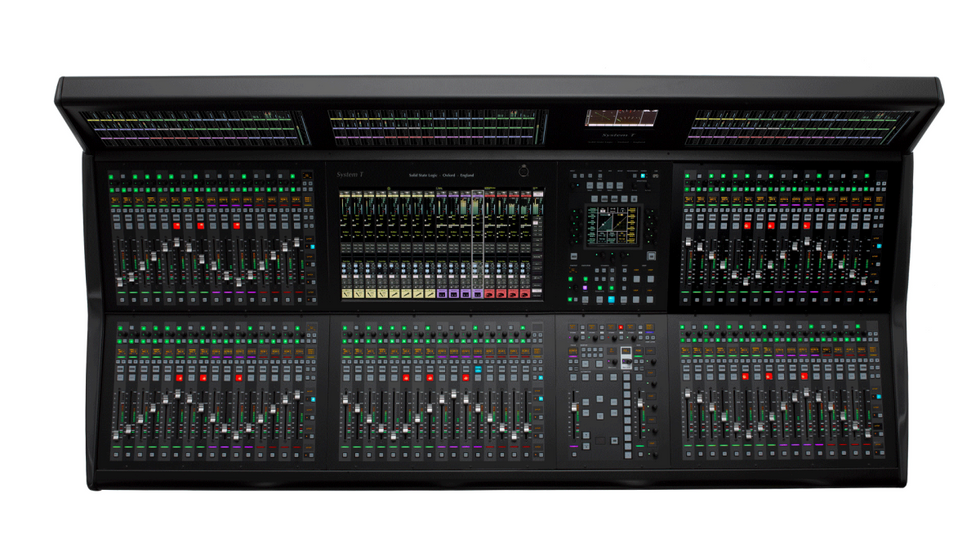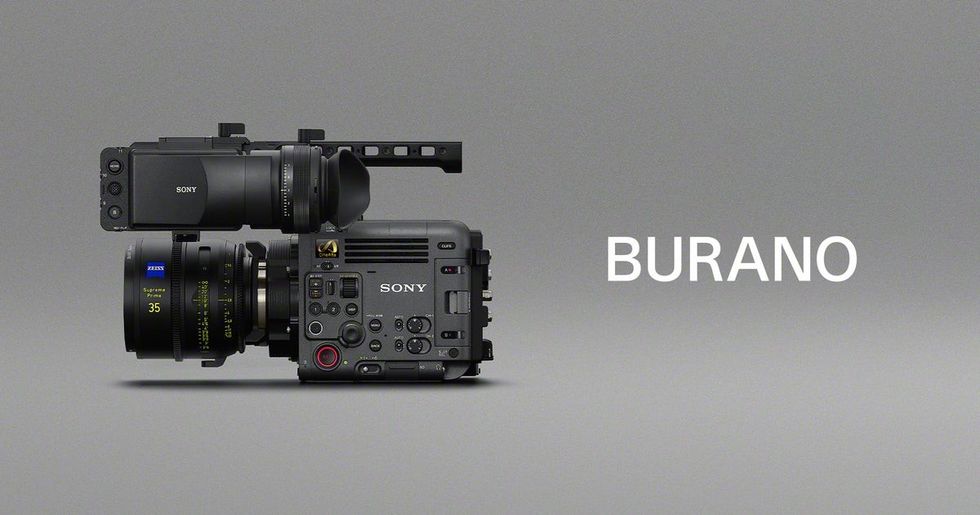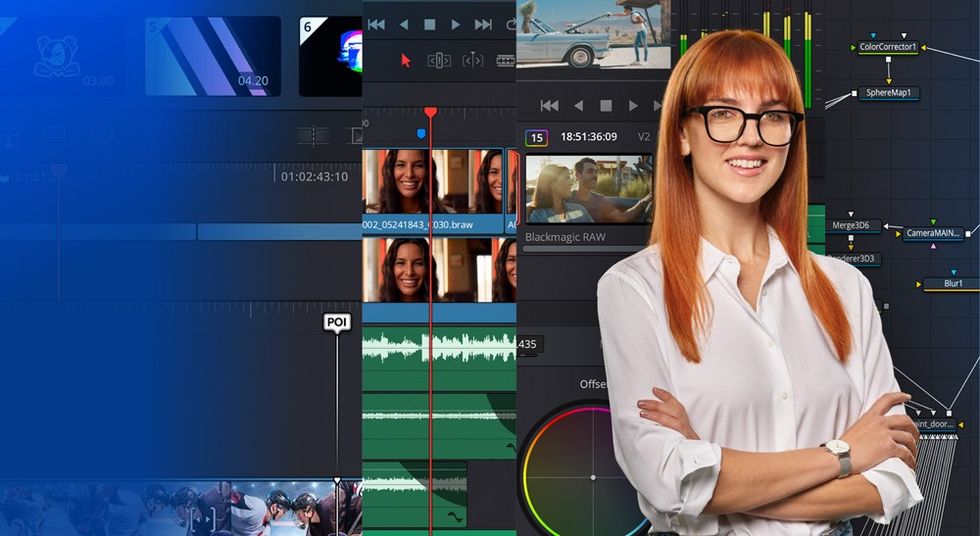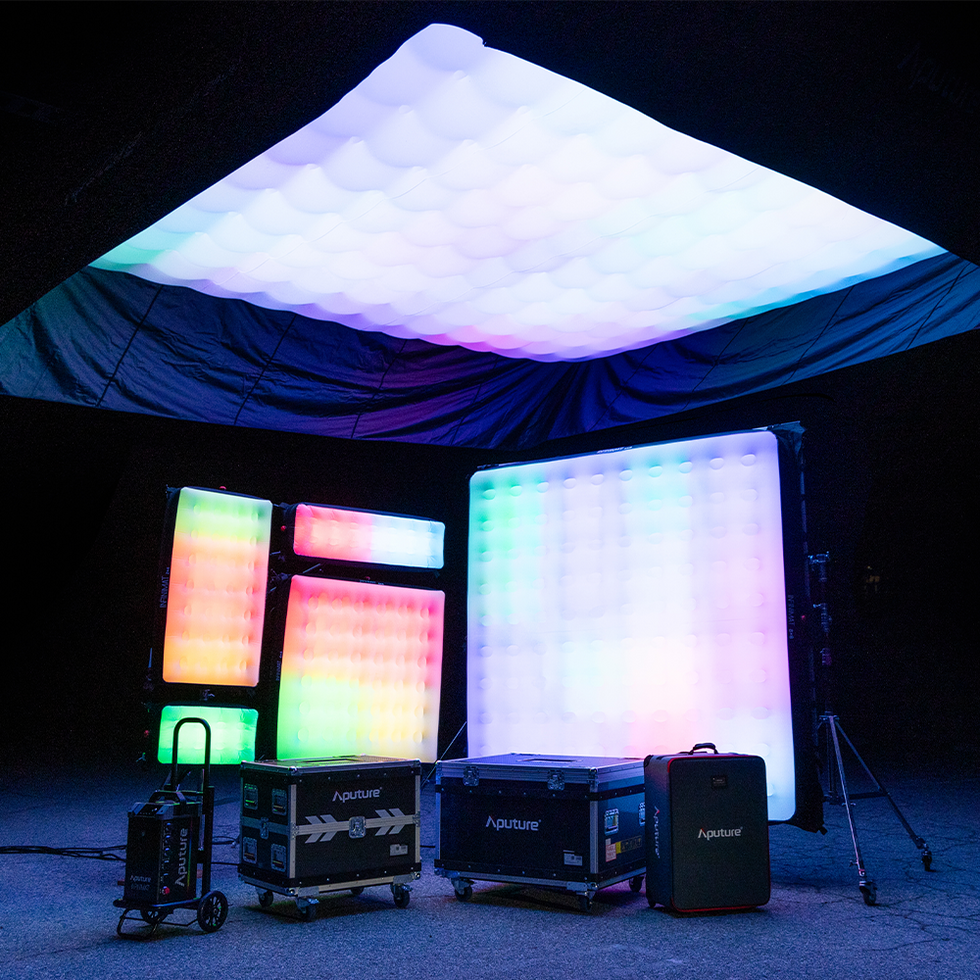These Are the New Parameters For Best Picture
The Academy Awards now have strict diversity standards if you want to be eligible for Best Picture.

There have been a ton of problems in Hollywood when it comes to diversity and inclusion. Every year we think it will get better, but most people know that without action or standards, nothing changes.
The Academy has come forward and released a new set of mandates that go into full effect in 2024.
These are requirements that must be met in order to have your film honored when it comes to Best Picture.
The tweet below shows the exact wording of what needs to happen. AMPAS said that these requirements would be gradually adopted for the 94th (2022) and 95th (2023) Oscars but in full effect with the 96th Academy Awards in 2024.
So what are the requirements?
Starting with the 2024 Oscars, a film must meet 2 of the following 4 standards to be eligible for Oscar’s biggest prize...
They need to have at least one Asian, Hispanic/Latinx, Black/African American, Indigenous/Native American/Alaskan Native, Middle Eastern/North African, Native Hawaiian or other Pacific Islander or unspecified other underrepresented race or ethnicity as a “lead or significant supporting actor” is a potential requirement.
Those ethnicities are also mentioned for prominent production and marketing jobs -- which could be a requirement.
Additionally, there is a focus on employing women as well as LGBTQ+, members of a racial or ethnic group, and people with cognitive or physical disabilities or who are deaf or hard of hearing. This will be another standard for which movies are measured.
Also, at least 30% of actors in secondary and more minor roles; having a storyline centered on an underrepresented group; hiring creative leadership and department heads; maintaining least 30% crew composition; paid internships; and representation in marketing and distribution also are potential areas in order to be a Best Picture contender.
Producers don’t have to meet all of the requirements of the new doctrine, just half.
So you should at least make sure there is diversity behind the camera as well.
According to the AMPAS release, the standards are designed to encourage equitable representation on and off-screen in order to better reflect the diversity of the moviegoing audience.
“The aperture must widen to reflect our diverse global population in both the creation of motion pictures and in the audiences who connect with them,” Academy President David Rubin and Academy CEO Dawn Hudson said. “The Academy is committed to playing a vital role in helping make this a reality. We believe these inclusion standards will be a catalyst for long-lasting, essential change in our industry.”
According to the Academy, these new standards apply only to Best Picture and do not affect other categories, which will stick to their current eligibility requirements. Here are the specific standards announced today...
STANDARD A: ON-SCREEN REPRESENTATION, THEMES AND NARRATIVES
To achieve Standard A, the film must meet ONE of the following criteria:
A1. Lead or significant supporting actors
At least one of the lead actors or significant supporting actors is from an underrepresented racial or ethnic group.
- Asian
• Hispanic/Latinx
• Black/African American
• Indigenous/Native American/Alaskan Native
• Middle Eastern/North African
• Native Hawaiian or other Pacific Islander
• Other underrepresented race or ethnicity
A2. General ensemble cast
At least 30% of all actors in secondary and more minor roles are from at least two of the following underrepresented groups:
- Women
• Racial or ethnic group
• LGBTQ+
• People with cognitive or physical disabilities, or who are deaf or hard of hearing
A3. Main storyline/subject matter
The main storyline(s), theme or narrative of the film is centered on an underrepresented group(s).
- Women
• Racial or ethnic group
• LGBTQ+
• People with cognitive or physical disabilities, or who are deaf or hard of hearing
STANDARD B: CREATIVE LEADERSHIP AND PROJECT TEAM
To achieve Standard B, the film must meet ONE of the criteria below:
B1. Creative leadership and department heads
At least two of the following creative leadership positions and department heads—Casting Director, Cinematographer, Composer, Costume Designer, Director, Editor, Hairstylist, Makeup Artist, Producer, Production Designer, Set Decorator, Sound, VFX Supervisor, Writer—are from the following underrepresented groups:
- Women
• Racial or ethnic group
• LGBTQ+
• People with cognitive or physical disabilities, or who are deaf or hard of hearing
At least one of those positions must belong to the following underrepresented racial or ethnic group:
- Asian
• Hispanic/Latinx
• Black/African American
• Indigenous/Native American/Alaskan Native
• Middle Eastern/North African
• Native Hawaiian or other Pacific Islander
• Other underrepresented race or ethnicity
B2. Other key roles
At least six other crew/team and technical positions (excluding Production Assistants) are from an underrepresented racial or ethnic group. These positions include but are not limited to First AD, Gaffer, Script Supervisor, etc.
B3. Overall crew composition
At least 30% of the film’s crew is from the following underrepresented groups:
- Women
• Racial or ethnic group
• LGBTQ+
• People with cognitive or physical disabilities, or who are deaf or hard of hearing
STANDARD C: INDUSTRY ACCESS AND OPPORTUNITIES
To achieve Standard C, the film must meet BOTH criteria below:
C1. Paid apprenticeship and internship opportunities
The film’s distribution or financing company has paid apprenticeships or internships that are from the following underrepresented groups and satisfy the criteria below:
- Women
• Racial or ethnic group
• LGBTQ+
• People with cognitive or physical disabilities, or who are deaf or hard of hearing
The major studios/distributors are required to have substantive, ongoing paid apprenticeships/internships inclusive of underrepresented groups (must also include racial or ethnic groups) in most of the following departments: production/development, physical production, post-production, music, VFX, acquisitions, business affairs, distribution, marketing and publicity.
The mini-major or independent studios/distributors must have a minimum of two apprentices/interns from the above underrepresented groups (at least one from an underrepresented racial or ethnic group) in at least one of the following departments: production/development, physical production, post-production, music, VFX, acquisitions, business affairs, distribution, marketing and publicity.
C2. Training opportunities and skills development (crew)
The film’s production, distribution and/or financing company offers training and/or work opportunities for below-the-line skill development to people from the following underrepresented groups:
- Women
• Racial or ethnic group
• LGBTQ+
• People with cognitive or physical disabilities, or who are deaf or hard of hearing
STANDARD D: AUDIENCE DEVELOPMENT
To achieve Standard D, the film must meet the criterion below:
D1. Representation in marketing, publicity, and distribution
The studio and/or film company has multiple in-house senior executives from among the following underrepresented groups (must include individuals from underrepresented racial or ethnic groups) on their marketing, publicity, and/or distribution teams.
- Women
• Racial or ethnic group: - Asian
- Hispanic/Latinx
- Black/African American
- Indigenous/Native American/Alaskan Native
- Middle Eastern/North African
- Native Hawaiian or other Pacific Islander
- Other underrepresented race or ethnicity
- LGBTQ+
• People with cognitive or physical disabilities, or who are deaf or hard of hearing
Up next?
Want to relive some of the best picture winners in history? Enjoy!


















